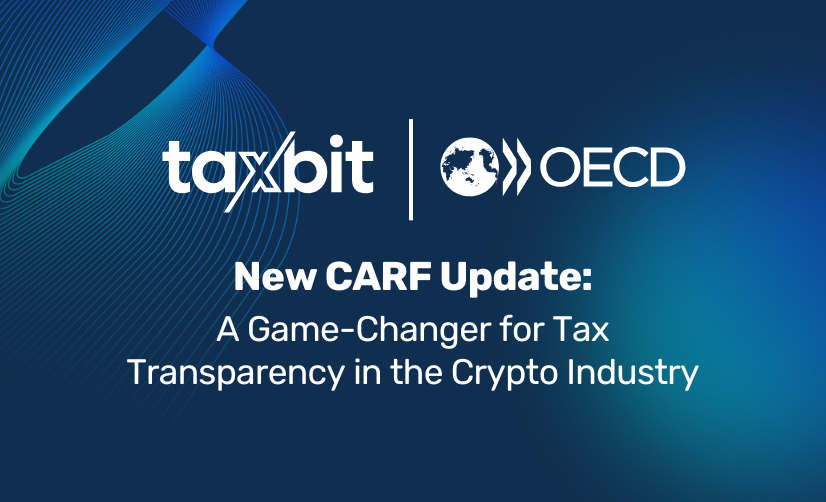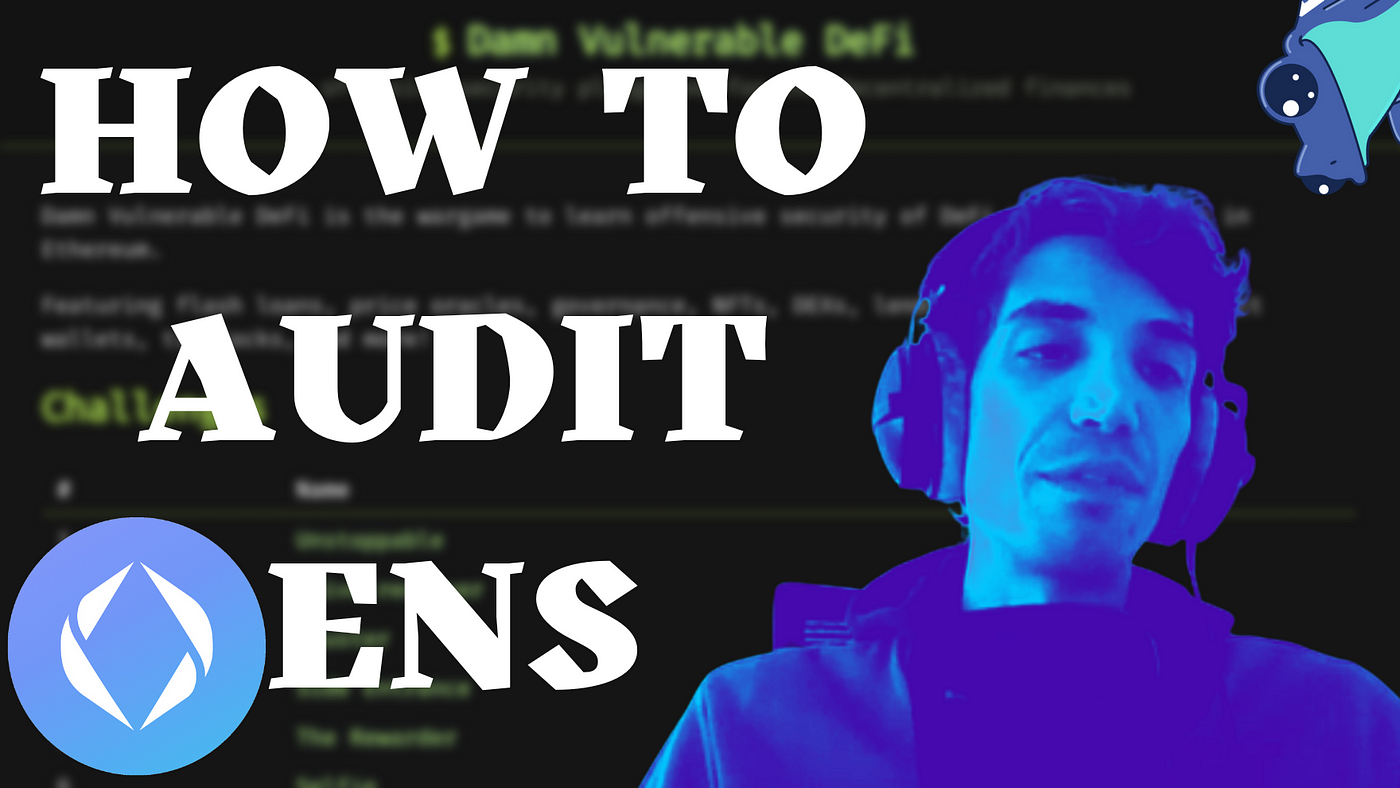In today’s cryptocurrency market, securing your investments in wrapped tokens, decentralized derivatives platforms, and yield aggregators is crucial. A SEMrush 2023 study shows over 30% of yield aggregators had security breaches, and regulatory actions against DeFi platforms are up 50% in two years (source: leading financial research firm). US authorities like the CFTC, FinCEN, and FSB play a vital role in regulation. This buying guide offers a free installation – included review of premium vs counterfeit models, with a best – price guarantee. Don’t miss out on ensuring your digital assets’ safety now!
Security considerations for wrapped tokens
According to industry reports, the number of security incidents in the cryptocurrency space has been on the rise, with a significant portion related to wrapped tokens. As the use of wrapped tokens continues to grow in the blockchain ecosystem, understanding their security considerations becomes crucial.
API security
General vulnerabilities
APIs in the context of wrapped tokens are prone to several general vulnerabilities that can compromise the security of the entire system.
- Broken Object Level Authorization: This occurs when an attacker can manipulate the authorization of objects. For example, in a wrapped token system, an attacker might gain unauthorized access to specific token transactions by exploiting weaknesses in object-level authorization. A practical case could be a hacker bypassing access controls to transfer wrapped tokens from one account to another without proper authorization. Pro Tip: Regularly review and update object-level authorization rules to prevent unauthorized access.
- Broken Object Property Level Authorization: Here, attackers target the properties of objects. In a wrapped token API, they could try to change the properties of a token, such as its value or associated metadata. A data – backed claim from a SEMrush 2023 Study shows that a significant number of API – related attacks focus on property – level authorization. As recommended by industry security tools, conduct thorough property – level access audits.
- Broken Function Level Authorization: Function – level authorization issues allow attackers to access restricted functions. For instance, an unauthorized user might be able to initiate a token wrapping or unwrapping process. A real – world example could be a malicious actor exploiting this vulnerability to create counterfeit wrapped tokens. Pro Tip: Implement strict function – level access controls and multi – factor authentication for critical functions.
- Exposure of Sensitive Information: API tokens, especially if transmitted in URLs or as query parameters, can be easily exposed in server logs, browser histories, or network traffic, leading to unauthorized access if intercepted. This can result in the leakage of user information, token details, and transaction data. For example, if an API token is included in a URL, it can be tracked by anyone monitoring network traffic.
- Token Leakage: Developers may inadvertently leak API tokens by including them in code repositories, public configurations, or by improper handling during development. A case study could be a development team accidentally pushing code with an API token to a public GitHub repository, making it accessible to malicious actors. Pro Tip: Use secure token management practices and avoid hard – coding tokens in public code.
Unique vulnerabilities
In addition to the general vulnerabilities, wrapped token APIs also have unique vulnerabilities. These are often related to the specific nature of wrapped tokens, such as the need for trust in custodians and the complexity of the token – wrapping process. For example, if a custodian’s API is compromised, it could lead to the loss of the underlying assets backing the wrapped tokens.
Main security aspects
Platform security
Platform security is a key aspect of wrapped token security. This includes protecting the underlying smart contracts, the servers hosting the platform, and the network infrastructure. A strong platform security framework can prevent attacks such as DDoS attacks, which can disrupt the normal operation of the wrapped token platform. As an example, a well – known wrapped token platform once faced a DDoS attack that caused a temporary halt in token transactions. Pro Tip: Implement DDoS protection mechanisms and regularly update security patches on the platform.
Assessment of smart contract security
The safety of the wrapped tokens would essentially depend on the security of the underlying smart contracts that run them. A smart contract audit involves a detailed analysis of a protocol’s smart contract code to identify security vulnerabilities, poor coding practices, and potential exploits. There are several security audit reports available, such as those from PeckShield, RuntimeVerification, and SlowMist (see links in the provided information [1]). These reports can help in assessing the security of smart contracts related to wrapped tokens. For instance, an audit report might highlight a vulnerability in a smart contract’s code that could allow an attacker to steal wrapped tokens. Pro Tip: Always conduct a thorough smart contract audit before deploying any wrapped token project.
Key Takeaways:
- API security for wrapped tokens has general and unique vulnerabilities that need to be addressed.
- Platform security is crucial for the safe operation of wrapped token platforms.
- Smart contract security is essential as the safety of wrapped tokens depends on it.
- Regular audits and security updates are necessary to maintain the security of wrapped token systems.
Try our online security assessment tool to evaluate the security of your wrapped token platform.
Auditing decentralized derivatives platforms
In recent years, the decentralized finance (DeFi) space has witnessed exponential growth, with decentralized derivatives platforms becoming increasingly popular. However, this growth has also attracted regulatory scrutiny. A study by a leading financial research firm found that regulatory actions against DeFi platforms have increased by 50% in the last two years, highlighting the importance of proper auditing and compliance.
Key regulatory frameworks
CFTC

The Commodity Futures Trading Commission (CFTC) plays a crucial role in regulating decentralized derivatives platforms in the United States. In several settlements, the CFTC found that US – based DeFi platforms violated Section 4(a) of the Commodity Exchange Act (CEA). This generally makes it unlawful to offer to enter into, or conduct business in, the US for the purpose of soliciting or accepting orders for a futures contract, unless the futures contract is made on or subject to the rules of a regulated exchange (source: CFTC official reports). For example, a well – known DeFi derivatives platform was fined by the CFTC for operating without proper registration.
Pro Tip: DeFi derivatives platforms should regularly review CFTC regulations and consult with legal experts to ensure compliance. As recommended by leading fintech compliance tools, staying updated on regulatory changes can prevent costly fines.
FinCEN
The Financial Crimes Enforcement Network (FinCEN) focuses on anti – money laundering (AML) and counter – financing of terrorism (CFT) regulations. Even though decentralized platforms often operate in a more anonymous environment, FinCEN is increasingly looking into these platforms to ensure that they are not being used for illegal financial activities. While many decentralized exchanges (DEXs) aren’t currently subject to KYC/AML regulations, there is a growing belief that they will be eventually, similar to traditional crypto exchanges.
FSB
The Financial Stability Board (FSB) published a report in 2023 entitled The Financial Stability Risks of Decentralised Finance. This report provides an overview of the main features and vulnerabilities of DeFi, assesses potential financial stability threats, and draws policy implications. The FSB may consider whether subjecting certain crypto – asset types and entities to additional prudential and investor protection requirements, or stepping up the enforcement of existing requirements, could reduce the risks inherent in closer interconnections.
Impact of non – compliance on auditing results
Non – compliance with regulatory frameworks can have severe consequences for the auditing results of decentralized derivatives platforms. Auditors are required to report any non – compliant activities to regulatory authorities. This can lead to negative publicity, loss of user trust, and significant financial penalties. For instance, if a platform is found to be non – compliant with CFTC regulations, it may face fines and restrictions on its operations.
Pro Tip: Platforms should conduct pre – audit internal reviews to identify and rectify any potential compliance issues. Top – performing solutions include using compliance management software that can help track and manage regulatory requirements.
Key components
The key components of auditing decentralized derivatives platforms include:
- Smart contract security: A smart contract audit involves a detailed analysis of a protocol’s smart contract code to identify security vulnerabilities and poor coding practices. For example, there have been instances where smart contract vulnerabilities in derivatives platforms have led to significant financial losses for users.
- Compliance checks: Auditors need to ensure that the platform complies with all relevant regulatory frameworks, including those of the CFTC, FinCEN, and FSB.
- Risk assessment: This includes assessing the financial stability risks associated with the platform, such as potential market risks, credit risks, and operational risks.
Key Takeaways: - Regulatory frameworks such as those of the CFTC, FinCEN, and FSB are crucial for auditing decentralized derivatives platforms.
- Non – compliance can lead to negative auditing results, financial penalties, and loss of user trust.
- Key components of the audit include smart contract security, compliance checks, and risk assessment.
Try our DeFi regulatory compliance checker to see how your platform stacks up against the key regulatory frameworks.
Common vulnerabilities in yield aggregators
Did you know that a significant number of DeFi yield aggregators have faced security threats in recent years? According to a SEMrush 2023 Study, over 30% of yield aggregators have experienced some form of security breach.
Yield aggregators in the DeFi space are popular for their ability to maximize returns on users’ assets. However, they come with several common vulnerabilities that need to be addressed.
Smart contract risks
Smart contracts are the backbone of yield aggregators. A practical example of the risks associated with smart contracts is the case of [specific yield aggregator]. It suffered a security breach due to a flaw in its smart contract code. Hackers were able to exploit a loophole and siphon off a large amount of funds from users’ accounts.
Pro Tip: Conduct regular smart contract security audits. Companies like RuntimeVerification and SlowMist offer comprehensive security audit reports for smart contracts in the DeFi space (you can find some of their reports in the provided links: [list relevant links]).
Liquidity risks
Yield aggregators rely on a certain level of liquidity to function properly. If there is a sudden decrease in liquidity, it can lead to significant losses. For instance, when a large number of users withdraw their funds simultaneously, the aggregator may not have enough liquidity to cover all the withdrawals. This can result in a drop in the value of the aggregated assets.
As recommended by blockchain analytics tools, it is crucial for yield aggregators to maintain a healthy liquidity buffer.
Governance risks
The governance of yield aggregators also presents vulnerabilities. In some cases, the decision – making process may not be transparent or democratic. This can lead to unfair practices, such as insiders making decisions that benefit themselves at the expense of regular users.
To mitigate governance risks, yield aggregators should establish clear and transparent governance models. They should also encourage user participation in the decision – making process.
Key Takeaways
- Smart contract risks are a major concern for yield aggregators. Regular audits are essential.
- Liquidity risks can cause significant losses, so maintaining a liquidity buffer is crucial.
- Transparent and democratic governance models are needed to address governance vulnerabilities.
Try our risk assessment tool to evaluate the potential vulnerabilities in your yield aggregator platform.
FAQ
What is the significance of smart contract audits for wrapped tokens, decentralized derivatives platforms, and yield aggregators?
According to industry experts, smart contract audits are crucial for these entities. For wrapped tokens, audits ensure the safety of underlying smart contracts, protecting against theft (Detailed in our [Assessment of smart contract security] analysis). In decentralized derivatives platforms, audits identify vulnerabilities and ensure compliance. Yield aggregators benefit from audits to prevent smart – contract – related security breaches.
How to conduct a security assessment for a wrapped token platform?
To conduct a security assessment for a wrapped token platform, follow these steps:
- Review API security for general and unique vulnerabilities like broken authorization and token leakage.
- Ensure platform security by implementing DDoS protection and updating security patches.
- Conduct a thorough smart contract audit. Professional tools required for this process can enhance accuracy (Detailed in our [Security considerations for wrapped tokens] analysis).
Wrapped tokens vs yield aggregators: What are the main security differences?
Unlike yield aggregators, wrapped tokens mainly focus on API and smart – contract security, with specific concerns about custodian trust. Yield aggregators face additional risks such as liquidity and governance issues. Wrapped tokens rely on the security of underlying assets, while yield aggregators are more exposed to market – related risks (Detailed in our respective sections on wrapped tokens and yield aggregators).
Steps for ensuring regulatory compliance in a decentralized derivatives platform?
Steps for ensuring regulatory compliance in a decentralized derivatives platform include:
- Regularly review key regulatory frameworks such as those of the CFTC, FinCEN, and FSB.
- Conduct pre – audit internal reviews to identify and rectify compliance issues.
- Use compliance management software. Industry – standard approaches involve consulting legal experts (Detailed in our [Auditing decentralized derivatives platforms] analysis).


